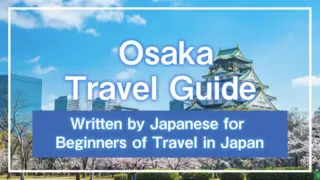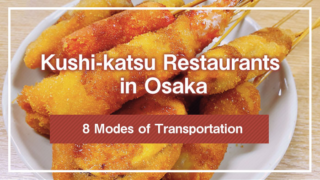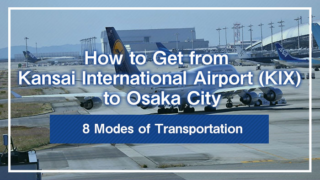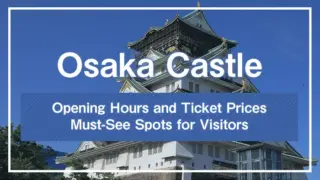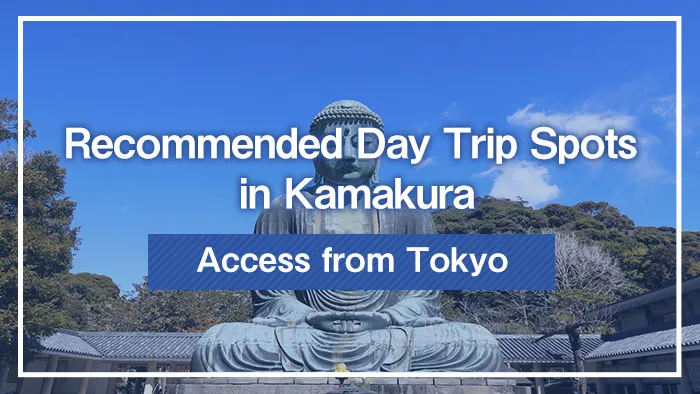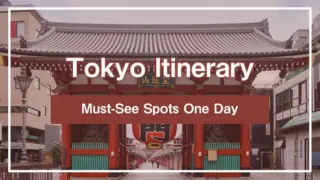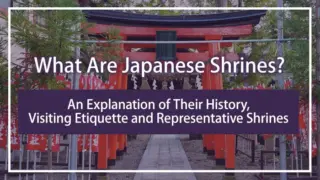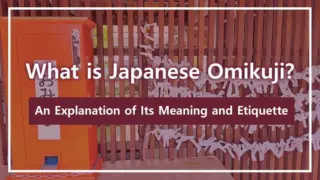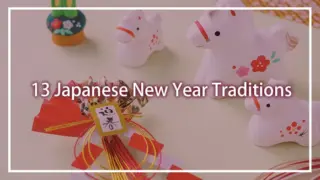Kamakura is an ideal day trip destination for foreign tourists, offering history, culture, beautiful nature, and delicious cuisine. Kamakura’s charm isn’t limited to its ancient temples and shrines. For instance, its beautiful coastline is another attraction. You can enjoy swimming and marine sports at Yuigahama and Zaimokuza beaches. If you extend your trip to Enoshima, you can visit tourist spots such as Enoshima Shrine and the Enoshima Sea Candle.
This article explains in detail how to access Kamakura from Tokyo and recommended spots to visit in Kamakura.
1. What is Kamakura?
Kamakura is a city located in the southeastern part of Kanagawa Prefecture, surrounded by mountains on three sides and facing Sagami Bay to the south. During the Kamakura period, it flourished as the political center where the shogunate was established. As a result, many historical buildings remain in Kamakura today, including Tsurugaoka Hachimangu Shrine, Kenchoji Temple, Engakuji Temple, and the Great Buddha of Kamakura at Kotokuin Temple.
Additionally, Kamakura faces the ocean, featuring beautiful coastlines like Yuigahama and Zaimokuza beaches. These areas are bustling with people enjoying swimming and marine sports like surfing. Kamakura is one of the places where you can enjoy scenery that harmonizes historical buildings with beautiful nature, attracting many tourists from both within Japan and abroad.
1-1. Access from Tokyo to Kamakura
Access from Tokyo to Kamakura is very smooth, primarily using the railway.Taking the JR Yokosuka Line, you can reach Kamakura Station from Tokyo Station or Shinagawa Station without transfers in about 1 hour (approximately 57 minutes from Tokyo Station and about 47 minutes from Shinagawa Station). The fare is relatively reasonable at 950 yen from Tokyo Station and about 740 yen from Shinagawa Station. The JR Yokosuka Line also stops at Yokohama Station and Kita-Kamakura Station.
For convenient transportation within Kamakura City, there is the Enoden (Enoshima Electric Railway). Enoden is a retro and cute railway similar to a streetcar that connects Kamakura Station, Enoshima, and Fujisawa. It provides convenient access to Hase Station, where the Great Buddha is located, and to Enoshima. The sections that run along the coast and through residential areas are popular photography spots. Enoden offers a one-day pass called “Noriorikun,” which is convenient for sightseeing.
Cycling is also recommended to enjoy Kamakura’s beautiful streetscape and relaxed atmosphere. There are several bicycle rental shops around the east exit of JR Kamakura Station.
2. Tourist Spots You Can Visit in a Day Trip
Kamakura has many attractive tourist spots that you can enjoy on a day trip. Below are six recommended spots that represent Kamakura for tourists.
2-1. Kotokuin Temple (Great Buddha)
The Great Buddha of Kamakura is a massive bronze statue of Amida Buddha standing 13.35 meters tall and is one of the most famous landmarks in Kamakura. It is known as one of Japan’s representative Buddha statues along with the Great Buddha in Nara.
The Great Buddha of Kamakura was once housed in a large wooden building called the Great Buddha Hall, but the building collapsed due to natural disasters after the 15th century, and now the Buddha sits in the open air. By paying an admission fee, you can enter inside the Great Buddha and observe its internal structure, which is not usually visible.
Access is about a 7-minute walk from Hase Station on the Enoden line, or about a 10-minute bus ride from the east exit of JR Kamakura Station.
2-2. Hasedera Temple
Hasedera Temple is an independent Buddhist temple of the Jodo sect in Kamakura City, Kanagawa Prefecture. Its formal name is “Kaikozan Jishoin Hasedera,” and it is affectionately known as Hase Kannon.
Hasedera is an important Buddhist temple in Kamakura known for its beautiful gardens and one of Japan’s largest wooden Buddha statues, the Eleven-Faced Kannon. Located halfway up a lush green hill, the temple grounds offer a panoramic view of Kamakura’s cityscape and the sea. The view is especially spectacular during autumn foliage and spring cherry blossom seasons. The temple grounds contain many points of interest, including the Kannon Museum, Benten-kutsu Cave dedicated to Benzaiten, and the Jizo Hall that consoles the spirits of children. Hasedera is a 5-minute walk from Hase Station on the Enoden line.
The temple grounds are surrounded by rich nature and are particularly known as a famous spot for hydrangeas. Around June every year, colorful hydrangeas bloom throughout the grounds, attracting many tourists.
2-3. Tsurugaoka Hachimangu Shrine
Tsurugaoka Hachimangu is a representative shrine in Kamakura, Kanagawa Prefecture. It originated when Minamoto no Yoriyoshi enshrined the Iwashimizu Hachimangu Shrine from Kyoto near Yuigahama Beach after pacifying the Oshu region. Later, it was moved to its current location by Minamoto no Yoritomo and was revered as the guardian deity of the Kamakura Shogunate. It is a shrine associated with the Minamoto clan and is a symbolic presence in Kamakura, the city of samurai.
The shrine grounds are designated as a national historic site, with many historical buildings including the Main Shrine, Wakamiya Shrine, and Shirahata Shrine. In particular, the Main Shrine was rebuilt during the Edo period and is designated as an important cultural property of Japan. The grounds also include beautiful gardens such as Genji Pond and Heike Pond, offering scenic views throughout the four seasons. The shrine approach called Wakamiya Oji was built by Minamoto no Yoritomo, modeled after Suzaku Oji in Kyoto.
Tsurugaoka Hachimangu welcomes many worshippers and tourists throughout the year. It is especially crowded during New Year and major festivals. Access to Tsurugaoka Hachimangu is a 10-minute walk from the east exit of JR Kamakura Station or Enoden Kamakura Station. Paid parking is also available.
2-4. Enoshima Shrine
Enoshima Shrine is situated on the scenic island of Enoshima, which is connected to the mainland by a bridge. It enshrines three sister sea goddesses (Tagitsuhime, Ichikishimahime, and Takiribime), also known as one of Japan’s three major Benzaiten locations. The island holds a myth that Benzaiten subdued five dragons.
To access Enoshima Shrine, take the Odakyu Line to Katase-Enoshima Station, Enoden to Enoshima Station, or Shonan Monorail to Shonan-Enoshima Station, then cross Enoshima Benten Bridge to the island.
Enoshima offers diverse attractions besides the shrine, including a lighthouse and caves, making it a recommended extension of a day trip from Kamakura.
2-5. Enoshima Benzaiten Nakamise Street
Enoshima Benzaiten Nakamise Street is a bustling shopping street that serves as the approach to Enoshima Shrine in Fujisawa City, Kanagawa Prefecture. The approximately 300-meter street extending from the entrance of Enoshima to Enoshima Shrine is lined with established souvenir shops, restaurants, and inns, creating a lively atmosphere.
Nakamise Street has numerous restaurants serving dishes using whitebait (shirasu), Enoshima’s specialty, and fresh seafood cuisine. There are also plenty of souvenir shops selling traditional “Tako Senbei” (octopus crackers) and sweets made with local ingredients. Walking along the street while sampling various foods is also recommended to enjoy Enoshima’s unique flavors.
2-6. Komachi Street
Komachi Street is one of the busiest shopping streets in Kamakura, extending from Kamakura Station to Tsurugaoka Hachimangu Shrine. The approximately 360-meter street is lined with various shops and is bustling mainly with tourists. It’s a place where you can enjoy various activities such as food sampling, souvenir shopping, and strolling.
Komachi Street offers dishes using ingredients unique to Kamakura, such as whitebait rice bowls, Kamakura vegetables, and matcha sweets, as well as sweets recommended for eating while walking. A wide variety of souvenirs are also available, including traditional crafts like Kamakura-bori and Kamakura-nuri, cute miscellaneous goods, and confectioneries. In particular, Hato Sable cookies and Kamakura Beer are popular as standard souvenirs.
Conclusion
Kamakura is easily accessible from Tokyo, taking about one hour without transfers using the JR Yokosuka Line or Shonan-Shinjuku Line.
Kamakura has numerous spots where you can experience Japanese history and culture, including Kotokuin Temple with the national treasure Great Buddha of Kamakura, Hasedera Temple known for its beautiful gardens and views, and Tsurugaoka Hachimangu Shrine, the guardian deity of the Kamakura Shogunate. In shopping streets such as Komachi Street and Enoshima Benzaiten Nakamise Street, you can enjoy food sampling and souvenir shopping.
Why not stop by Kamakura when traveling to Japan?
*This article is based on information available as of April 2025.

